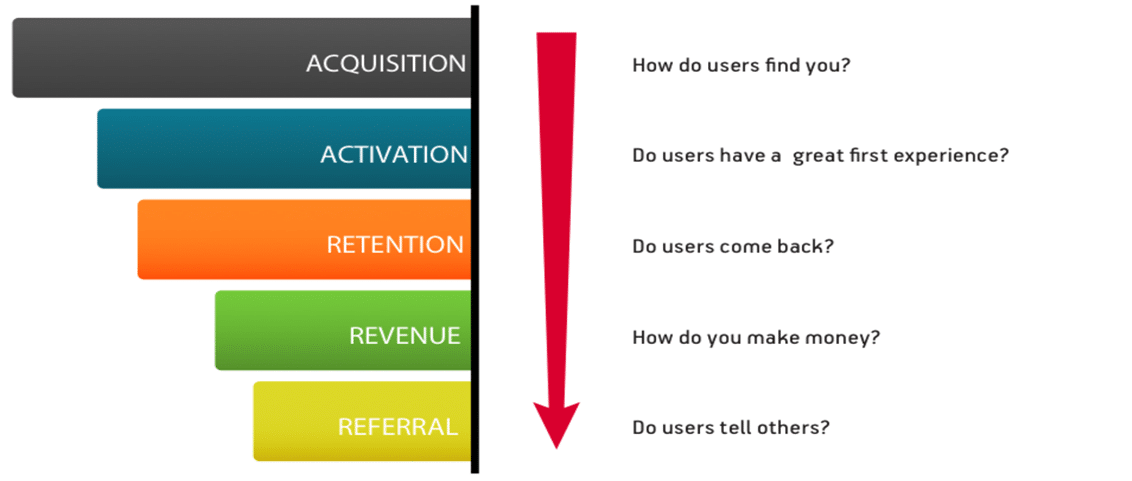
“We are prone to overestimate how much we understand about the world and to underestimate the role of chance in events.” Said Daniel Kahneman in his seminal book Thinking, Fast and Slow that looked at the role both gut and data play in complex human decisioning.
When it comes our solutions or products and the decisions customers make to buy them, that decision process is again led by both data and gut/intuition. Finding ways to incorporate behavioural nudges in our products/solutions helps us enhance user engagement and better enable the gut led decisions. Meanwhile, starting early with data, helps us find patterns that can enable better informed decision making.
Here is a quick guide to get started with both:
In many cases, though there could be a clear need, the road to engagement is not that easy and might need to be actively thought of. For example, while we might want a learning certification, we may not be motivated to spend 200 hours that is needed to get there.Knowing this, how can small behavioural nudges be incorporated in our design?
We will discuss 3 such principles here:
Staying focused on these nudges, will help us build a more engaging solution. But, at every step, we are also generating data. How can we start using that and learn from the patterns?
The key benefit of data is in generating un-intuitive insights which can have outsized impact. For example, when AirBnB started, the initial photographs were often low resolution and blurry. When looked at the data, they found these listings found less takers. They invested in high quality photographs and that became of the one key game changers.
How do we generate our own photographic moment, with data?
The issue with data is two-fold. Many companies delay tracking it since they think they are too small initially. And some track too many data points which leads to difficulty in making any decisions from it.
Dave McClure shares this classic model on startup metrics which can be a helpful way to break the clutter:

Think of it as one or two key metrics which are aligned to your product/solution journey.
In the initial stage when we are trying to figure out our minimum viable solution, the key data focus should be on customer activation, retention, and feedback. This will enable us to iterate the solution that really works well.
As we move further into finetuning our market fit, the focus on data should be on user acquisition. Tracking Net promoter score is often a key metric that tells us how customers are feeling about our solution. Many track competitions as well. While that is good, it need not overwhelm our decisions.
As one moves further ahead in the solution/product journey and tries to look at different channels for growth, the goal then is around scale and monetization. At this stage, looking at churn rates and channel optimizations can really throw up un-intuitive insights.
Thankfully, all of this is now possible to do, with tools that make the tracking easy. Apart from google analytics that gives us site behaviour, tools like Firebase, Clevertap etc. help us map out user flows, plan targeted campaigns, test, and learn (A/B testing).
As businesses digitalise, tonnes of data will get created. It is all about collecting, collating, analysing to convert into information and insights. From the insights gathered we can build in right nudges to influence customer behaviour. As noted Behavioural Economist Richard Thaler says, “ So what’s a nudge? A nudge is a small feature of the environment that attracts our attention and alters our behaviour.” Data and behaviour, when looked at together, can enable better decisions. So, let us plan that well, and early, for our solutions. Happy analysing data and nudging! Reach out to us if you have any questions at info@caspian.in